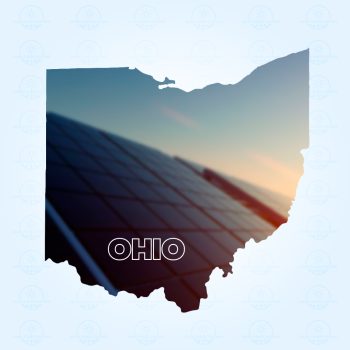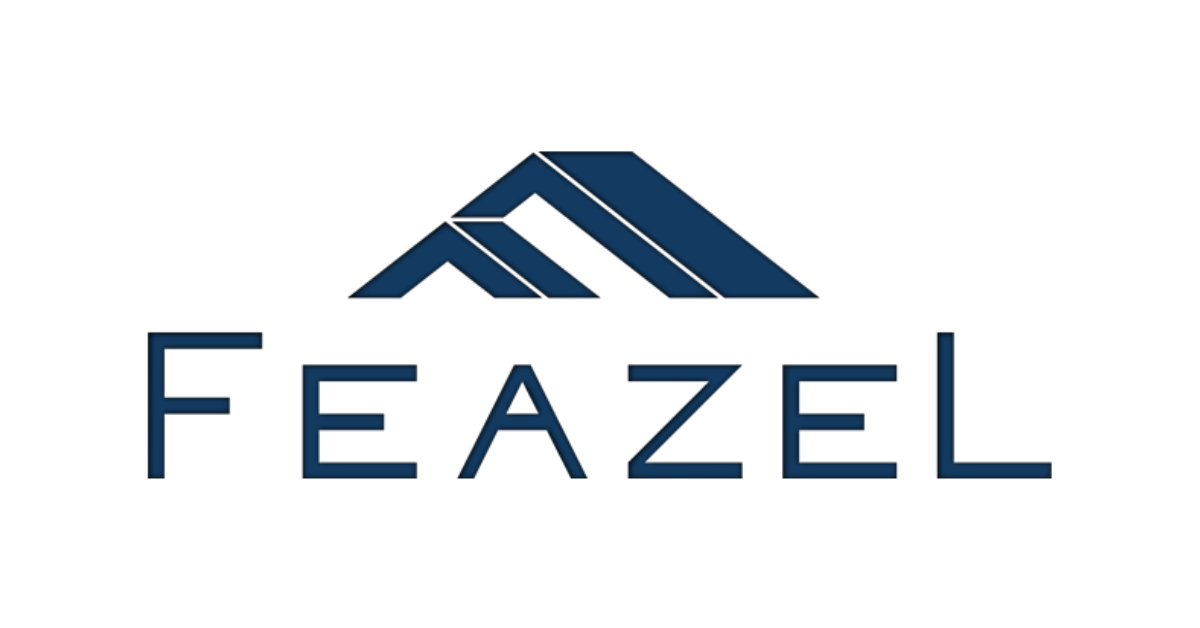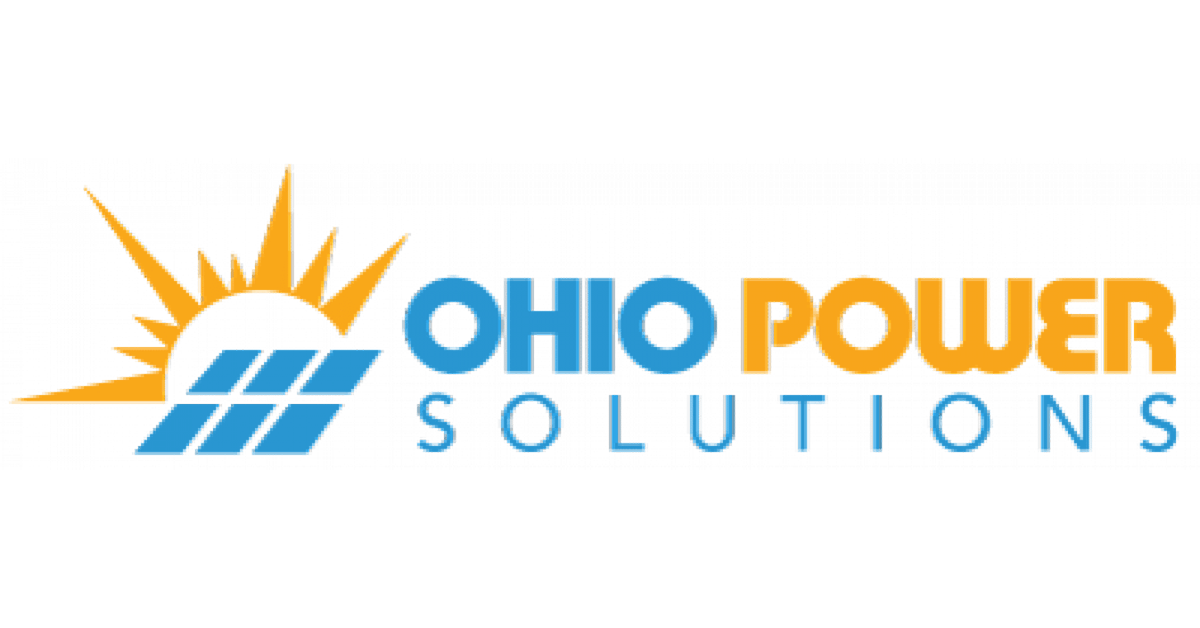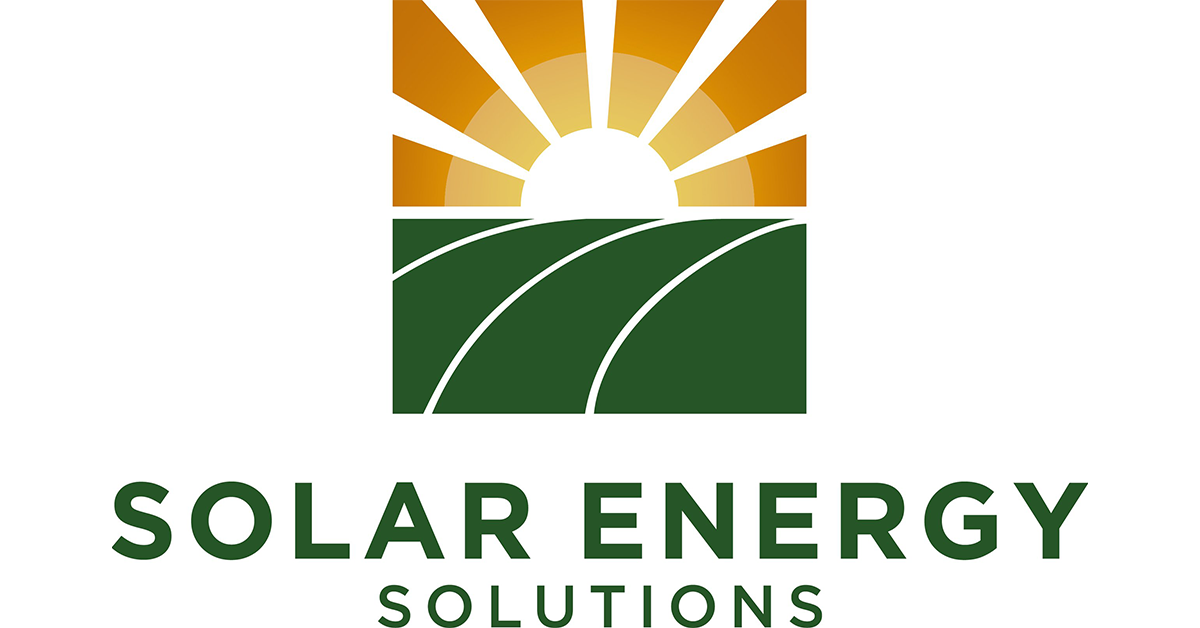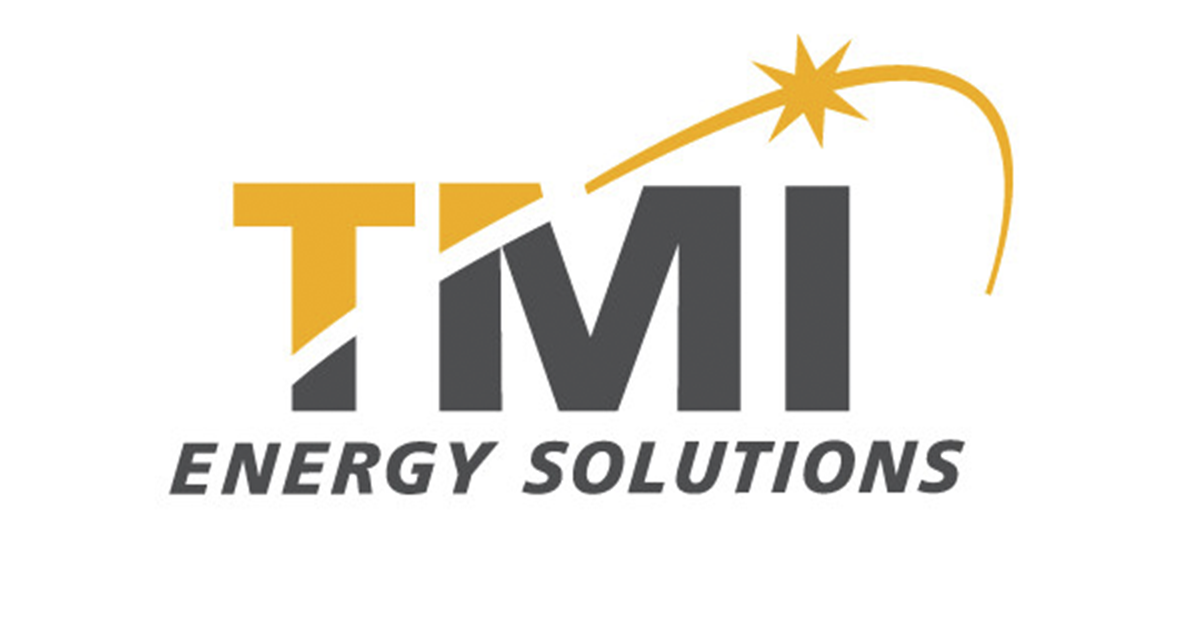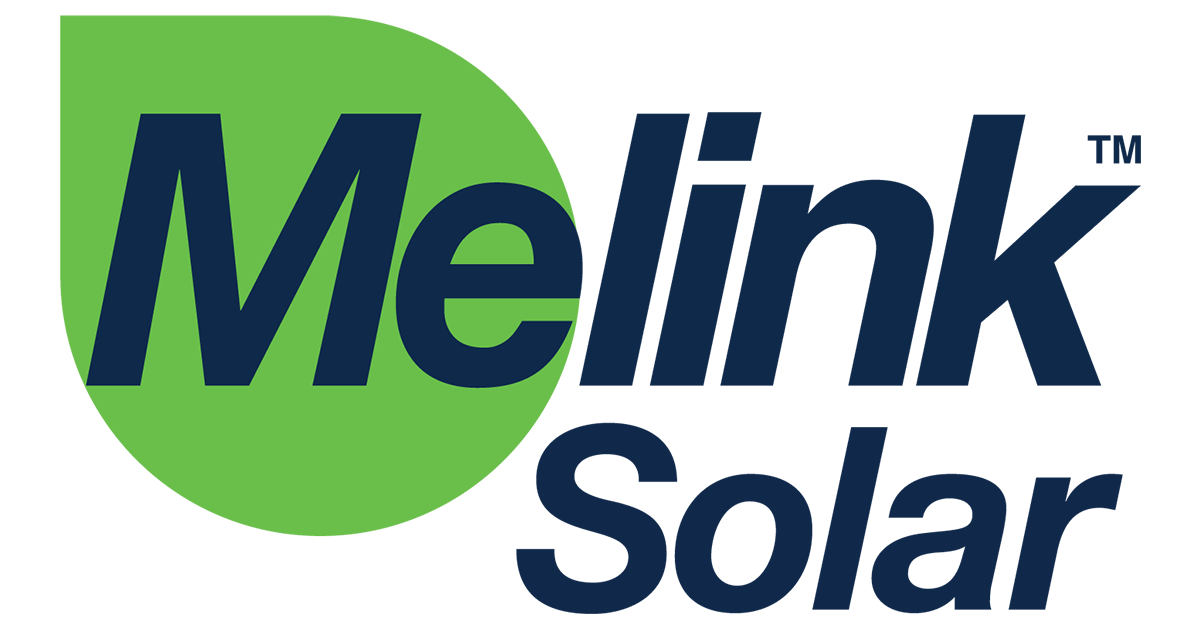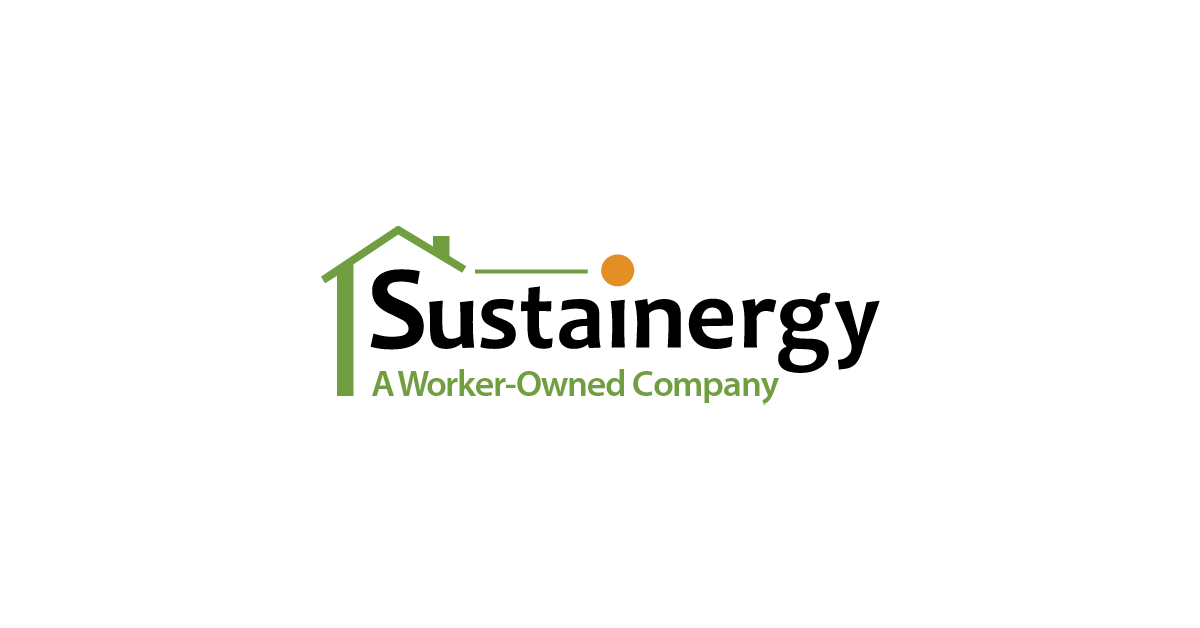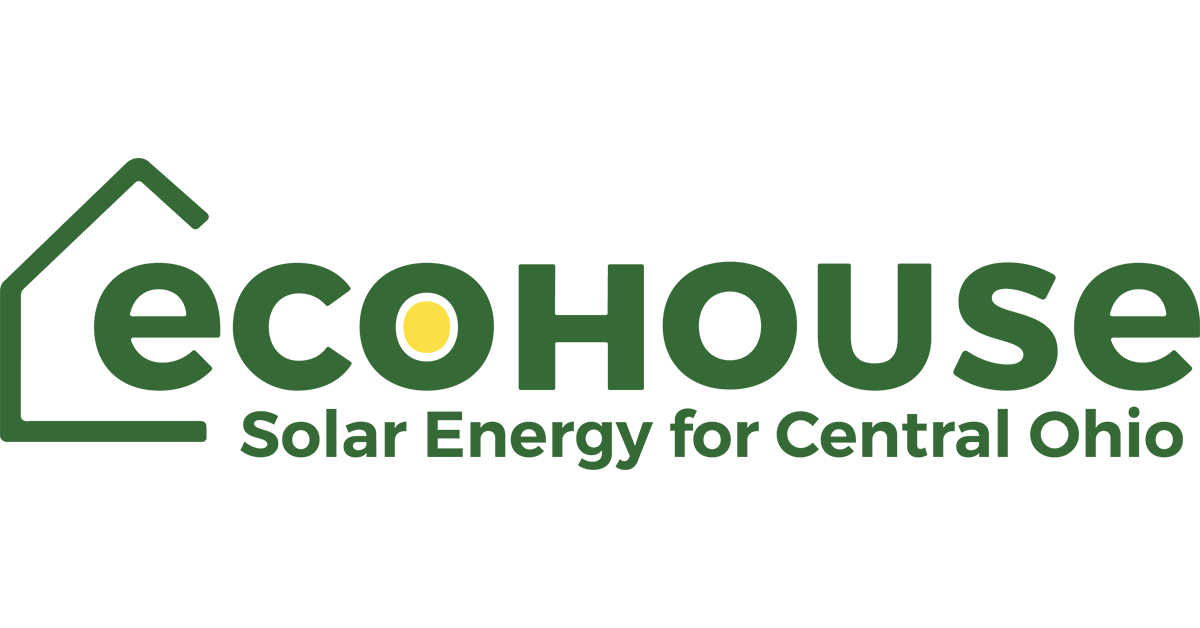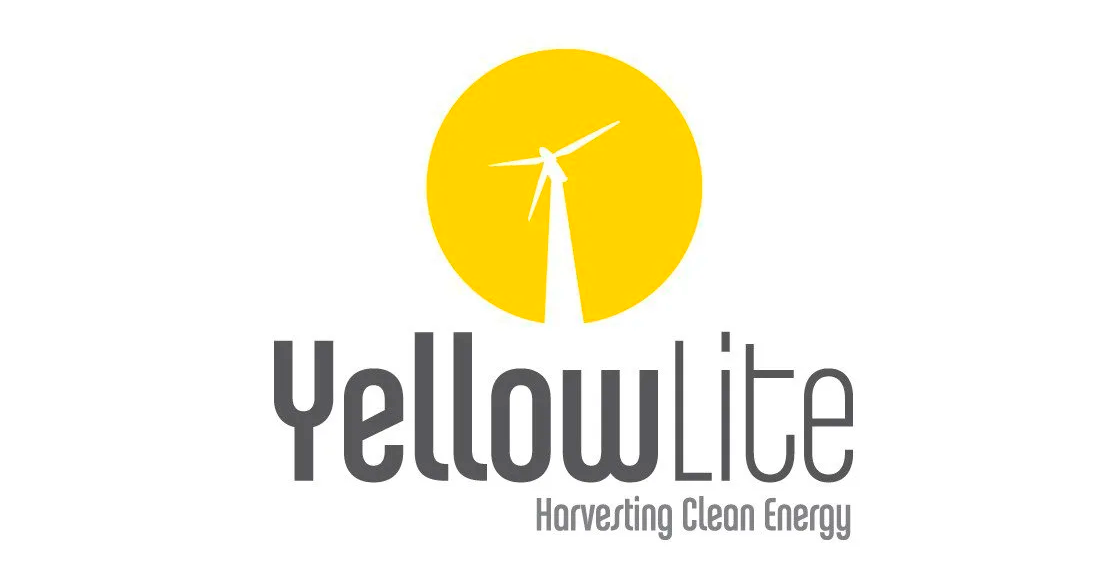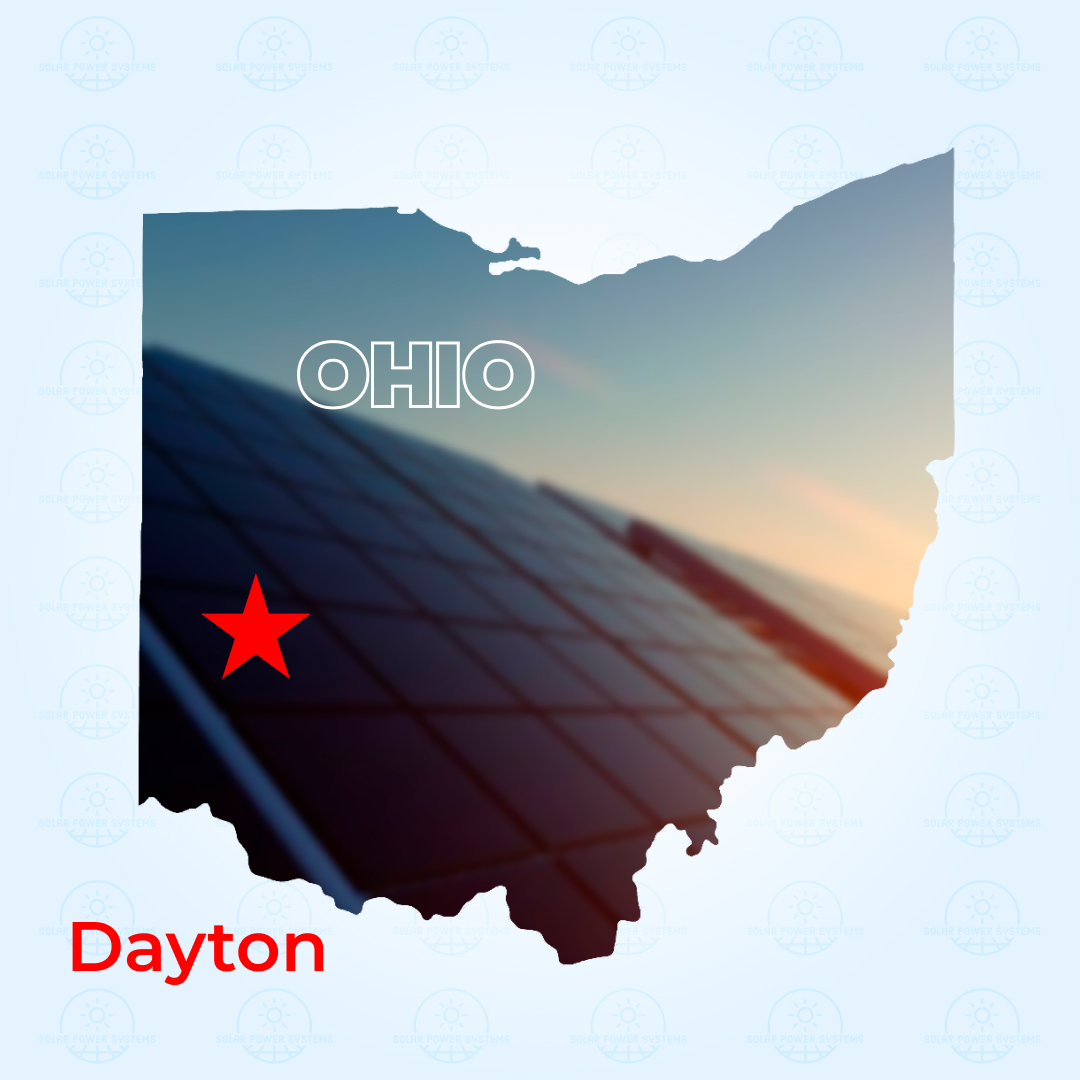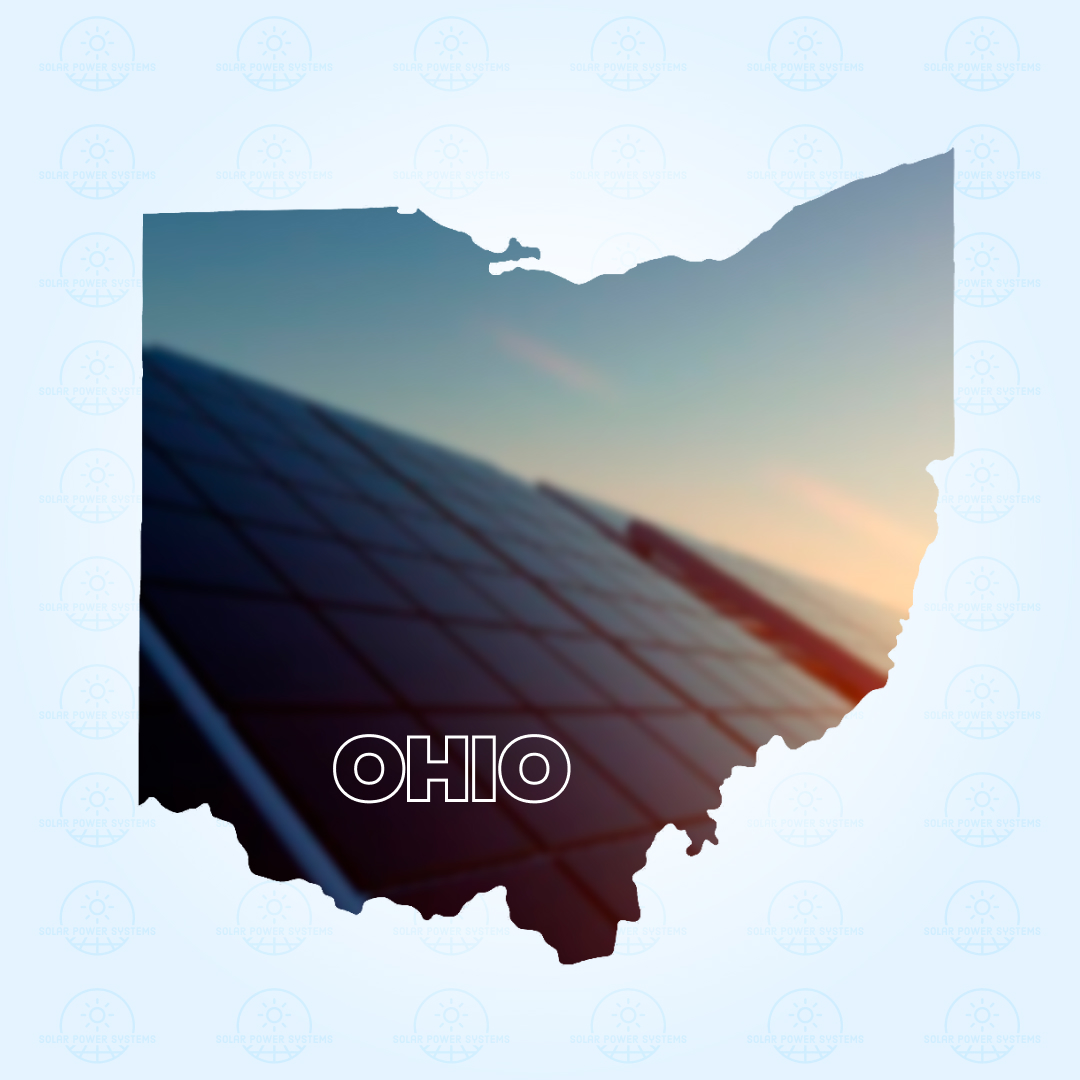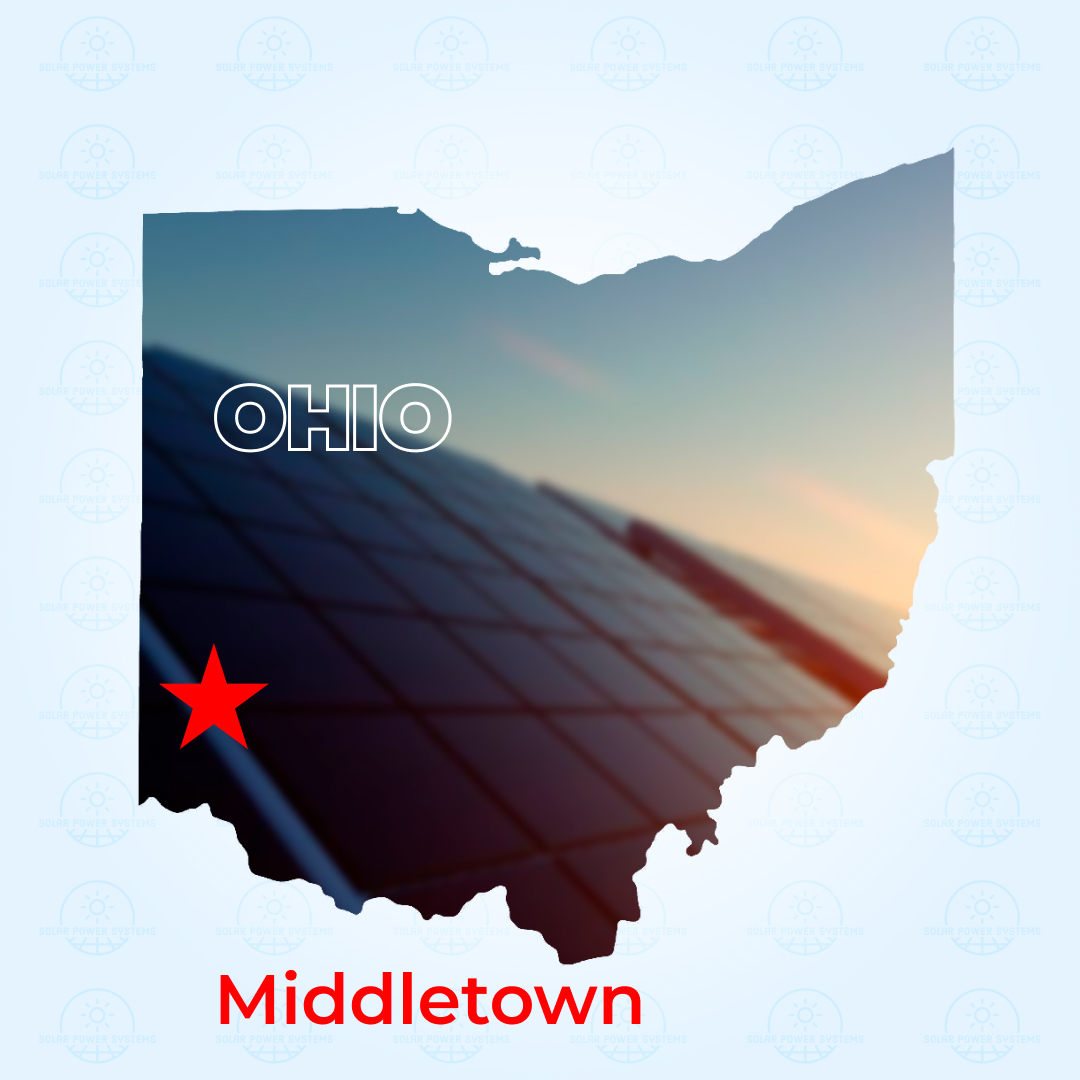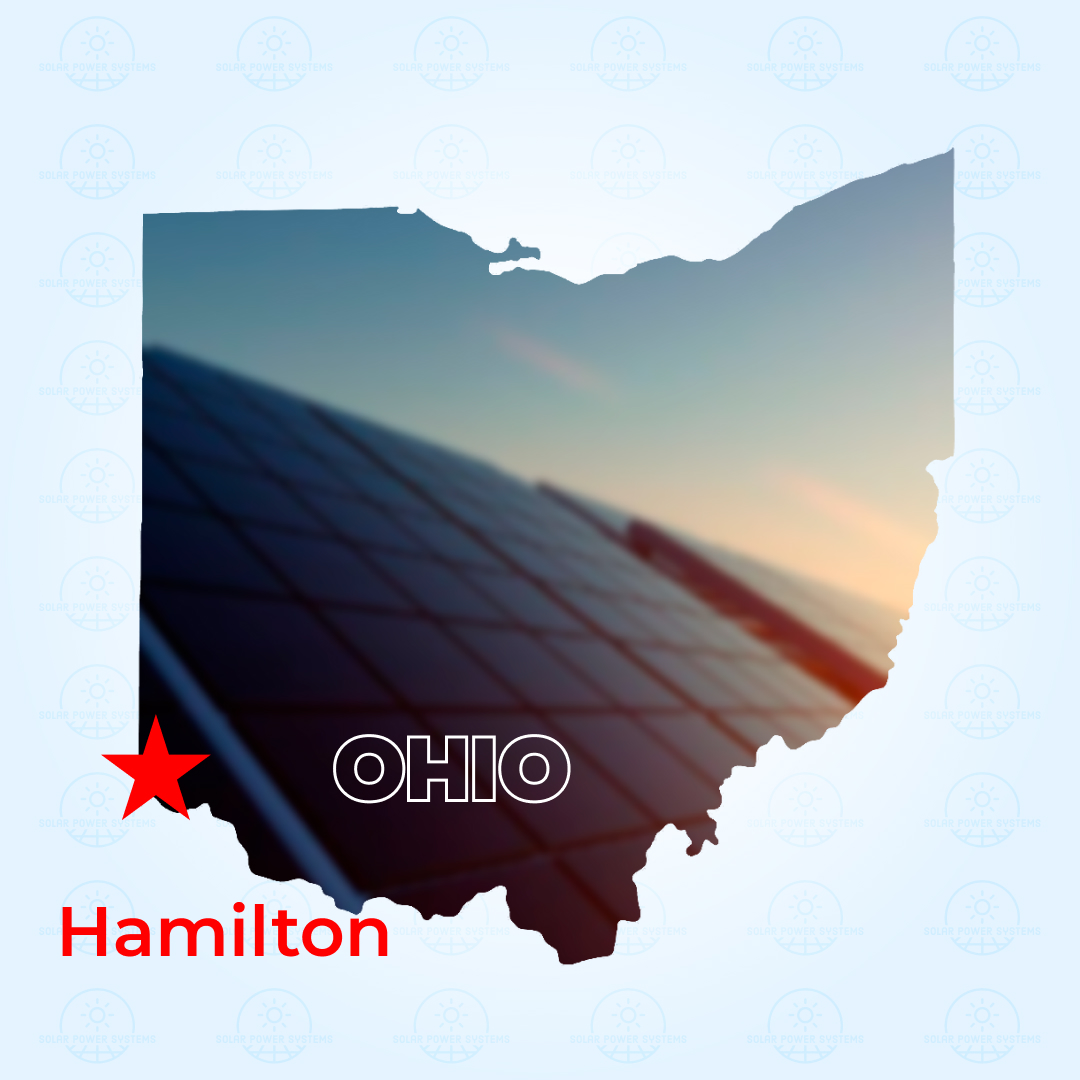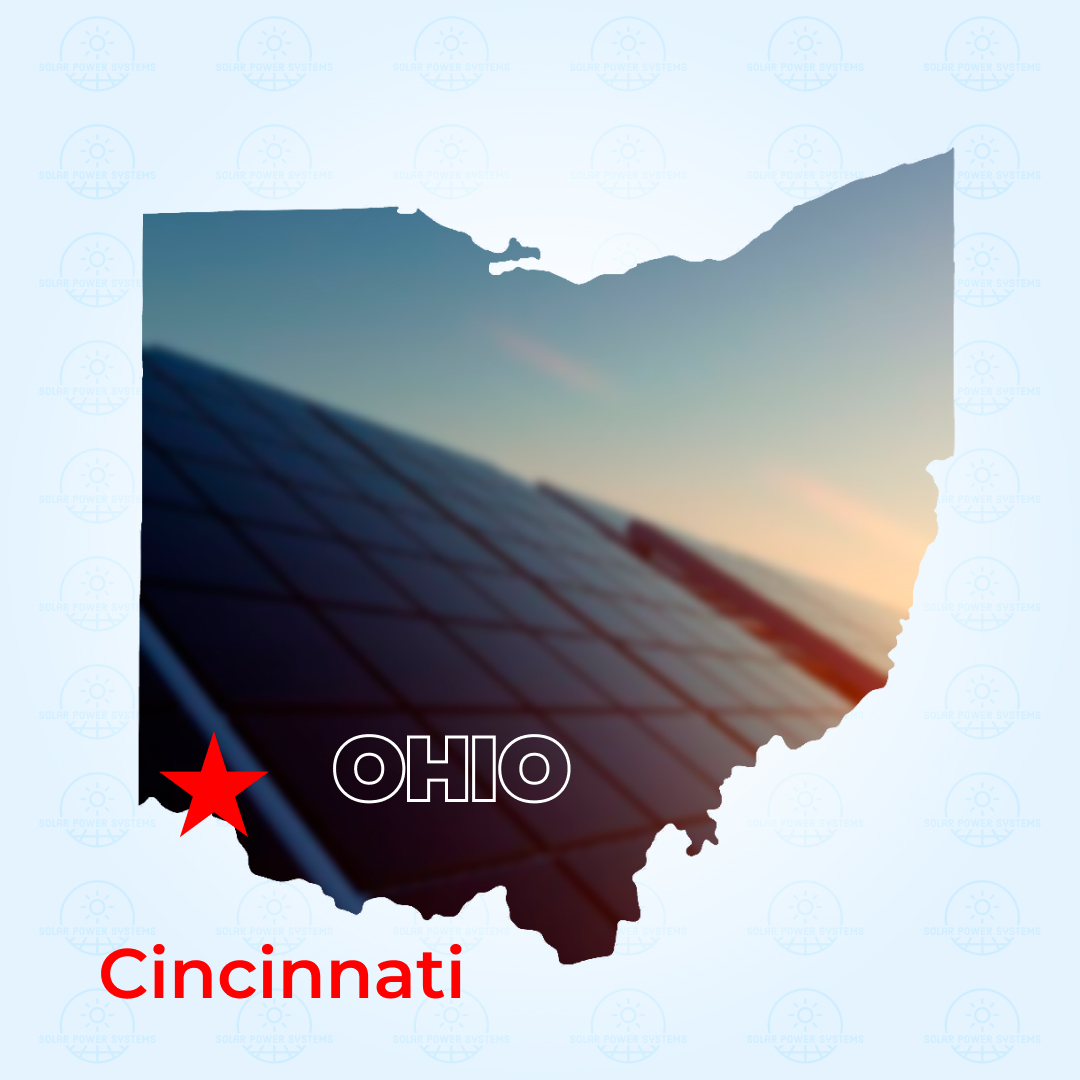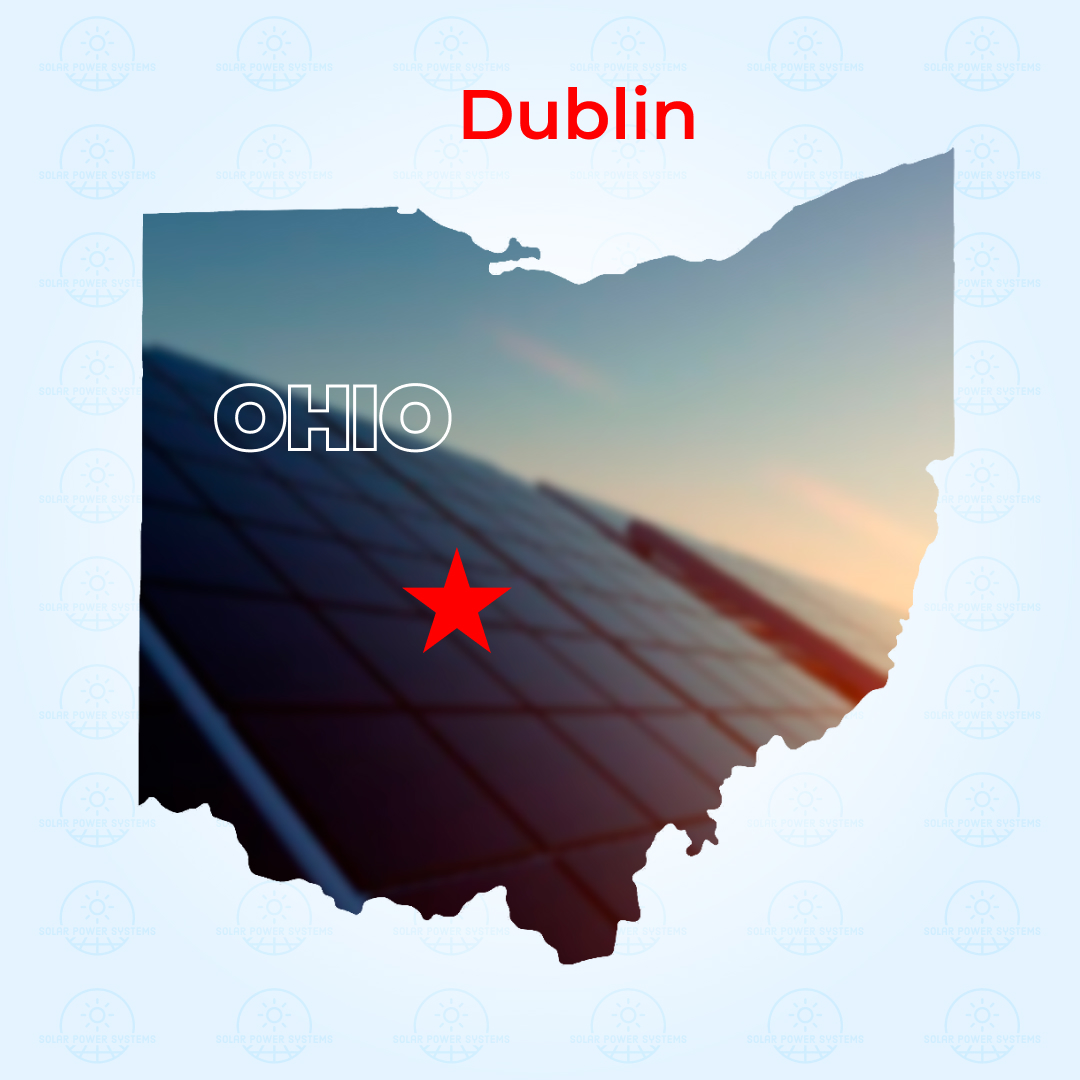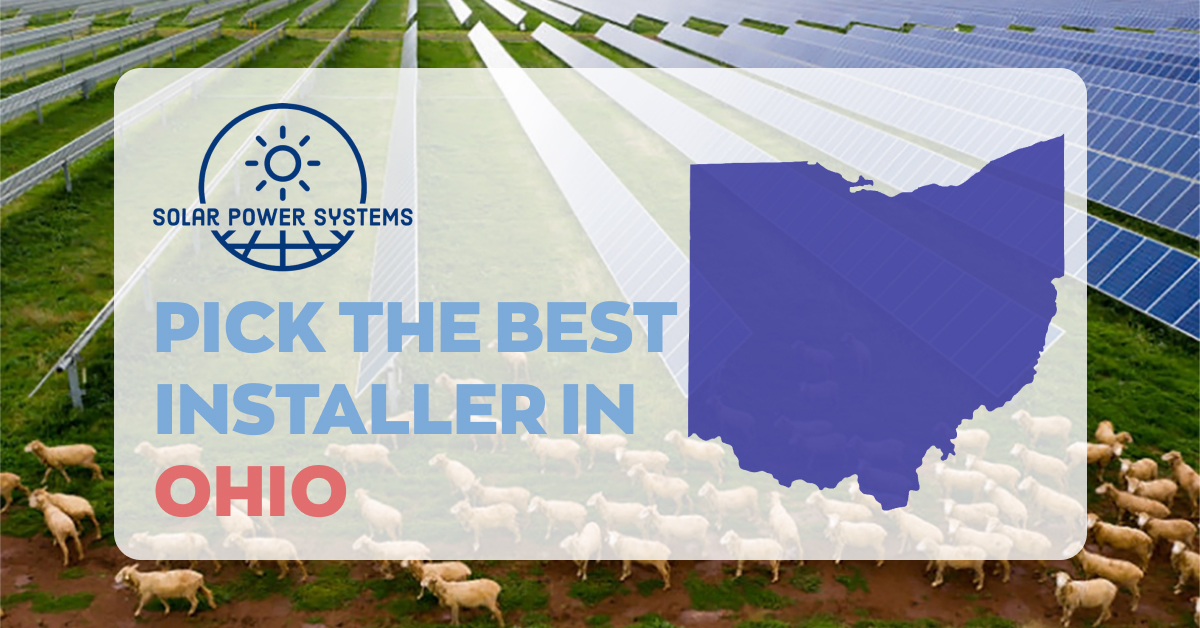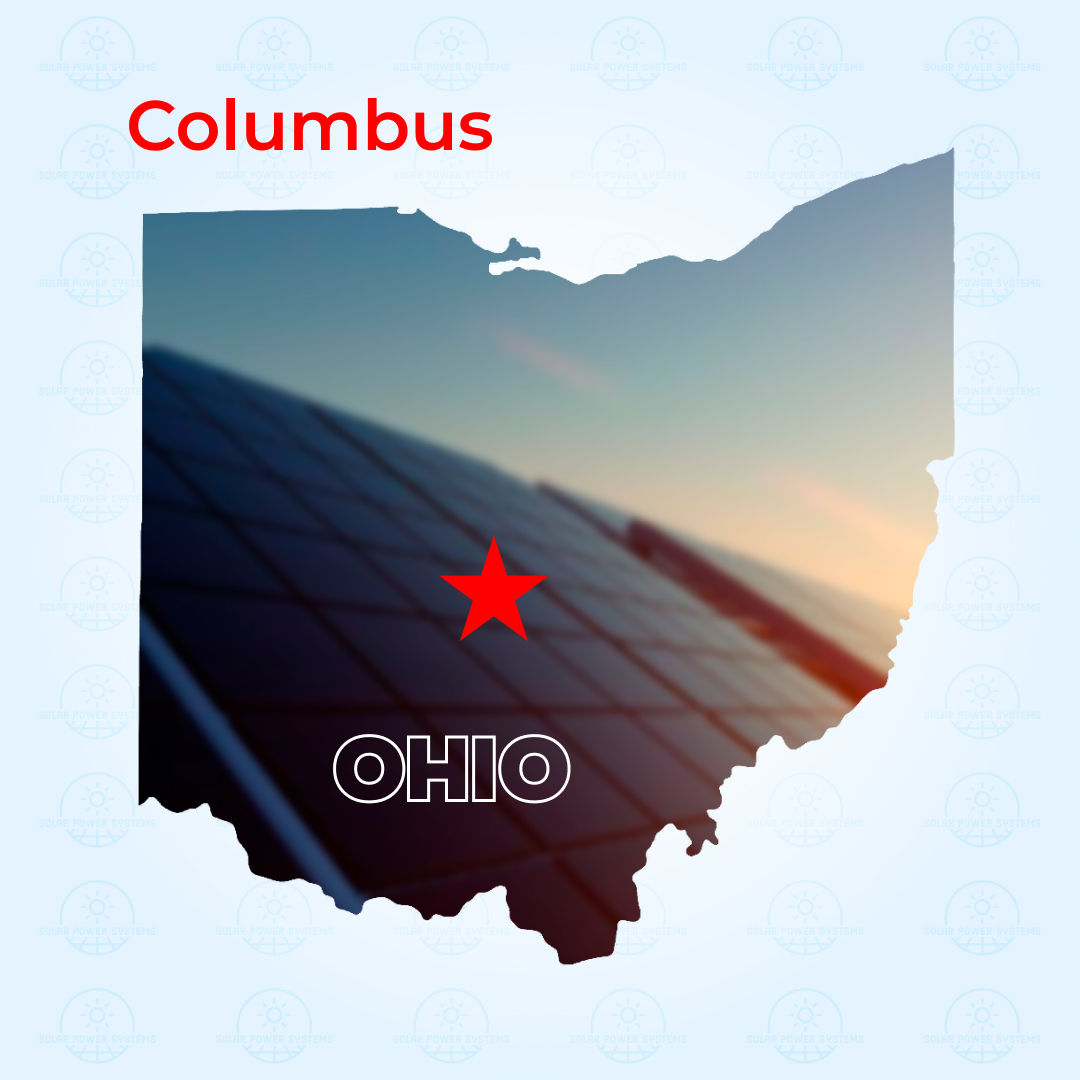Find the Best Solar Installers in Riverside, Ohio
Discover companies with proven track records, excellent customer reviews, and a commitment to service and quality. Here’s our curated list of Riverside, Ohio’s most reliable solar installers, to start your solar journey with confidence.
Feazel review 1395 Research Park Drive, Beavercreek, Ohio 45432
OGW Energy Resources review 5205 So Co Rd 25A Tipp City, OH 45371
OGW Energy Resources is rewarded with our Expert Choice badge, serving an exclusive area of fewer than 1 state. With read more…
Solar Power and Light review 2411 Crosspointe Dr, Miamisburg, 45342, OH, US
Solar Power and Light is rewarded with our Expert Choice badge, serving an exclusive area of fewer than 1 state. read more…
Ohio Power Solutions review 3100 State Route 187, London OH, 43140
Ohio Power Solutions is rewarded with our Expert Choice badge, serving an exclusive area of fewer than 1 state. With read more…
Feazel review 149 Commerce Dr, Loveland, OH 45140, United States
Feazel is rewarded with our Expert Choice badge, serving an exclusive area of fewer than 5 states. With a foundation read more…
Ohio Power Solutions review 3100 SR 187 London, OH 43140
Ohio Power Solutions is rewarded with our Expert Choice badge, serving an exclusive area of fewer than 1 state. With read more…
Solar Energy Solutions review 2800 E Kemper Rd, Cincinnati OH, 45241
With an overall third-party rating of 4+ and positive feedback across more than 10 reviews from different platforms, Solar Energy read more…
TMI Energy Solutions review 423 W. Wyoming Avenue Cincinnati, OH 45215
With an overall third-party rating of 4+ and positive feedback across more than 10 reviews from different platforms, TMI Energy read more…
Icon Solar review 50 W Techne Center Dr, Milford OH, 45150
With an overall third-party rating of 4+ and positive feedback across more than 10 reviews from different platforms, Icon Solar read more…
Icon Solar review 50 W. Technecenter Dr. Suite K Milford, OH 45150
With an overall third-party rating of 4+ and positive feedback across more than 10 reviews from different platforms, Icon Solar read more…
Melink Solar review 5130-5140 River Valley Road Milford, Ohio 45150 Cincinnati USA
With an overall third-party rating of 4+ and positive feedback across more than 10 reviews from different platforms, Melink Solar read more…
Blue Raven Solar review 5535 Fair Lane Suite A, Cincinnati OH, 45227
With an overall third-party rating of 4+ and positive feedback across more than 10 reviews from different platforms, Blue Raven read more…
Solar Energy Solutions review 201 E 5th Street Suite 1900, Cincinnati OH, 45202
With an overall third-party rating of 4+ and positive feedback across more than 10 reviews from different platforms, Solar Energy read more…
Sustainergy Cooperative review 605 Burns St, Cincinnati, OH 45204
With an overall third-party rating of 4+ and positive feedback across more than 10 reviews from different platforms, Sustainergy Cooperative read more…
Ecohouse Solar review 1809 OBrien Rd., Columbus OH, 43228
Ecohouse Solar is rewarded with our Expert Choice badge, serving an exclusive area of fewer than 1 state. With a read more…
Ecohouse Solar review 4350 Equity Dr, Columbus, OH 43228
Ecohouse Solar is rewarded with our Expert Choice badge, serving an exclusive area of fewer than 1 state. With a read more…
Blue Raven Solar review 2029 Riverside Dr, Columbus OH, 43221
With an overall third-party rating of 4+ and positive feedback across more than 10 reviews from different platforms, Blue Raven read more…
Blue Raven Solar review 73 Cavalier Blvd, Florence KY, 41042
With an overall third-party rating of 4+ and positive feedback across more than 10 reviews from different platforms, Blue Raven read more…
YellowLite review 36 Grace Dr, Powell OH, 43065
YELLOWLITE is rewarded with our Expert Choice badge, serving an exclusive area of fewer than 7 states. With a foundation read more…
Nerd Power review 1000 Taylor Station Rd, Columbus OH, 43230
With an overall third-party rating of 4+ and positive feedback across more than 10 reviews from different platforms, Nerd Power read more…
How Much Can Solar Panels Save You in Riverside, Ohio?
Finding out how much you can save on solar in Ohio, is not a straightforward answer. It depends on several factors, including the solar billing of your utility company, the size of a potential solar system on your roof, and your household’s energy consumption. While most solar installers will try to cover all your electricity needs, the actual savings will depend on your home’s unique conditions. To get a personal estimate of how much you could potentially save by going solar, fill out a simple form on our website, use Google’s Project Sunroof solar savings calculator, or consult with a couple of local solar installation companies for a personalized savings calculation.
Read more about solar panel costs, incentives, and rebates in Ohio.
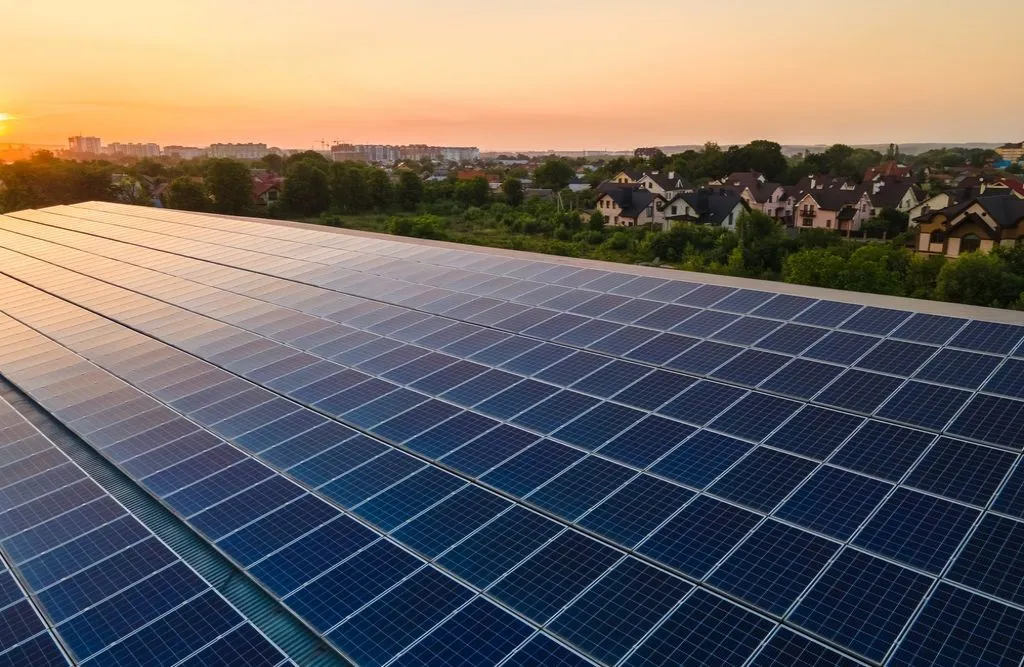
How much is your electricity bill per month?
Help us understand what you`re currently spending
Solar Financing Explained
You can pay for solar panels in a couple of ways:
- Cash
- Installer solar loans
- Personal loans
- Cash-out refinance or HELOC
- Solar Leases or Power Purchase Agreements (PPA)
First, there is a cash purchase, which in most cases provides the best price and long-term savings, but the upfront payment is not always what you can afford. If you want to own your solar panels and don’t have about $15,000 to $20,000 in the bank, you’ll have to choose solar panel financing.
You can consider a personal loan, a home equity line of credit, or a solar loan offered by the solar company. However, keep in mind that these loans come with interest and additional fees. Solar loans often are tied to dealer fees, which can increase the total cost of your solar system by 20% or more in exchange for a lower interest rate. To ensure you get the best possible deal, it is wise to compare the dealer fees and interest rates offered by different installers. This way, you can make an informed decision based on the most favorable terms available.
Some companies offer solar leases or PPAs that require zero upfront cost. But in such cases, you don’t own solar panels and you are not eligible for any solar rebates or the federal tax credit. And, because you have to pay the solar company monthly, your total solar savings will be lower. Ask for detailed savings calculations from a solar installer to decide on the best option. In most cases, you will still be paying less for electricity.
Discover Your Solar Savings in 60 Seconds
Get instant estimates powered by Google Solar API – See your roof's energy potential, cost savings, and environmental impact
Ohio Solar Incentives and Rebates
Thinking about solar in Ohio? The incentive picture here is pretty basic, honestly. Ohio's not exactly throwing money at solar like some other states, but there are a few things that help—and one massive urgent thing you need to know about right now.
1. Federal Solar Tax Credit (Gone After December 31, 2025)
Let's get the urgent part out of the way first. The federal solar tax credit—the big one that gives you 30% back on your whole installation—is ending on December 31, 2025.
A typical 5 kW system in Ohio runs about $13,300 right now (that's October 2025 pricing). Take 30% off and you're down to about $9,310 out of pocket. You're saving close to $4,000 from this credit alone.
Same deal as always: you've got to own the system, either cash or financing. Leases don't count. And you need federal tax liability to actually use it. If you don't owe enough in one year, it carries forward.
Here's what's different now: legislation passed in July 2025 killed this credit for residential solar starting January 1, 2026. They axed it almost a decade early. And since solar installations take months from your first meeting to actually turning the thing on, if you're even remotely considering this, you need to move now.
2. Ohio Sales Tax Exemption
Ohio doesn't charge sales tax on solar equipment. The state sales tax is 5.75%, so on a $13,300 system, you're skipping about $765.
It just happens automatically when you buy—nothing to apply for. Not a ton of money, but it helps.
3. Solar Renewable Energy Credits (SRECs)
Ohio's got an SREC program where you earn one credit for every megawatt-hour your system cranks out. You can sell these to utilities that need them to hit their renewable energy targets.
The bad news? SRECs in Ohio are basically worthless. They're trading around $3-4 each right now. An average home system might generate 7-9 SRECs per year, which means you're looking at maybe $21-36 annually. Over 25 years that's... well, it's something, but it's not changing your life.
Most installers will automatically sign you up for the SREC program when you go solar, so there's no extra hassle. Just don't get excited about the money.
4. Net Metering (The Weak Kind)
Ohio has net metering, but it's not the good version. The big utilities have to offer it, but they don't have to pay you the full retail rate for excess power.
Most utilities credit you around $0.11 per kWh for power you send back to the grid. Meanwhile, Ohio electricity rates average around $0.17 per kWh. So you're getting less back than what you pay. It's better than nothing, but it's not the one-for-one deal some other states have.
Some competitive retail providers offer better rates than the big utilities, so if you've got choices in your area, shop around.
5. Energy Conservation for Ohioans (ECO-Link) Program
This is a state loan program offering reduced-rate financing up to $50,000 for energy upgrades, including solar.
The rates are competitive—better than what you'd typically get through a solar company's financing arm. It's not free money, but it's a way to go solar without dropping thirteen grand all at once.
6. Qualified Energy Project Tax Exemption
Ohio exempts solar systems from personal property taxes. Solar increases your home's value, which normally means higher property taxes. Ohio says you don't pay property tax on whatever value the solar adds.
The annual savings aren't huge, but over 25 years, they accumulate. Ohio property tax rates are all over the place, depending on your county, but avoiding that increase year after year is definitely preferable to paying it.
7. Cleveland and Cincinnati Residential Tax Abatements
If you happen to live in Cleveland or Cincinnati specifically, there are local programs that apply to home improvements, including solar.
These programs let you pay property taxes on your pre-improvement home value for 15 years. Solar typically bumps property values by about 7%, so depending on your home and local tax rates, you could save $100-240 a year on property taxes in these cities.
This stacks with the statewide exemption mentioned above, so it's a nice bonus if you're in one of these cities.
8. Solar for All Program (Canceled)
Ohio was awarded $156 million in federal funding to create a Solar for All program for underserved communities. The Ohio Air Quality Development Authority and the Ohio EPA were set to administer it as of early 2024.
However, the program was canceled by the Trump administration in August 2025 before funds could be distributed. The EPA ended the $7 billion national Solar for All program, taking back Ohio's allocation that would have provided grants and cheap financing for qualifying low- and moderate-income households.
The program is no longer available.
What Ohio Doesn't Offer
Ohio doesn't have a state solar tax credit. No direct cash rebates for residential solar either. The state's renewable energy goals are pretty weak—8.5% by 2026—and they're already hitting that target, so there's no political pressure for more incentives.
Some individual utilities might have tiny programs floating around, but they're not common. Hamilton County supposedly has a home improvement program, but details are sketchy, and it's not solar-specific.
What You're Actually Looking At
The math right now depends entirely on whether you can squeeze your installation in before December 31, 2025.
Install before year-end: That $13,300 system drops to about $9,310 after the federal credit. Skip the sales tax (another $765 saved), and you're down to an effective cost of around $8,545. Throw in the property tax exemptions and whatever you can get from net metering, and most Ohio homeowners hit payback around 9-11 years.
Install after December 31, 2025: You're paying the full $13,300 minus just the sales tax exemption. Without that federal credit, you're looking at payback stretching to 15-18 years or longer.
Ohio's electricity rates have been climbing pretty aggressively—they jumped 26% from 2021 to 2024 and are sitting around 16-17 cents per kWh now. That makes solar more attractive financially, even without great state incentives. But without the federal credit, the economy gets a lot rougher.
Ohio gets decent sun, especially in the southern part of the state. You won't match Arizona or California, but you'll generate enough to make it worthwhile. The real question is whether you can grab that federal credit before it vanishes.
Just keep in mind that federal credit only works if you're paying federal income taxes, and only if you install by December 31, 2025. Given how tight the timeline is, it's probably smart to talk with your installer or an accountant about your specific situation sooner rather than later.
Frequently Asked Questions
How We Rank Solar Installers
Our main goal is to provide homeowners like you with top-rated solar companies you can trust. Our solar experts analyzed thousands of local and nationwide installers to get to the bottom of who is best in a specific location. The solar company ranking methodology is based on gathering input from homeowner surveys, consulting with industry experts, and extensive research into the solar energy market. Here are the things we believe are the most important to consider when choosing a solar company.
In short, here’s how we pick top installers:
- Company that has been in business for over five years as it indicates stability, reliability, and successful installations.
- Local solar companies over big national ones are covering multiple areas, and they can provide better personal attention and learn more about the solar needs and regulations in their area.
- Companies with hands-on experience and a wealth of projects under their belt are more likely to deliver efficient and timely installations that cater to specific customer needs.
- Companies that handle their own installations instead of outsourcing to subcontractors ensure a higher caliber of work and nurture a culture of excellence and accountability in service.
- Select a company that has a good overall reputation and reviews on sites like SolarReviews, BBB, Google Maps, and Yelp.
- The company is licensed and insured and holds relevant certifications such as NABCEP certification.
- Companies that offer a wide selection of high-quality solar panels and related products and work with reputable brands.
- Companies that provide flexible financing options such as solar loans, leases, or power purchase agreements.
- Installers that provide substantial workmanship warranties and system performance guarantees.
Read more:
Our Methodology
What Made Us Choose Sources for Expert Score?
How We Classify Solar Installers: What Matters Most?
What to Look for In a Solar Company
To ensure that you partner with a great provider that can meet your needs of going solar, look for the following:
- Make sure the solar installer has industry-standard certifications, such as those from the North American Board of Certified Energy Practitioners (NABCEP), indicating that they meet the gold standard in renewable energy installations. Also, verify if they are licensed, bonded, and insured for residential solar projects in your area. If subcontractors are involved, check their credentials as well.
- Prioritize installers with a proven track record in solar installations, ideally with at least 5+ years of experience. Ask about the number of systems they’ve installed and their project portfolio. A competent installer should openly discuss the solar panels, inverters, and batteries they use if they help to take advantage of local solar incentives and rebates, and warranty coverage specifics.
- Your installer should be forthcoming about the installation process and answer any questions you might have, like “How many solar panels will I need? Why?”, “Can you give me a detailed cost breakdown based on my energy consumption?”, “What solar panel brands do you install? Why?”, etc.. They should also be transparent about their use of subcontractors, detailing their roles and how their work will be supervised.
- A preliminary evaluation of your roof’s condition is the groundwork. The installer should advise on necessary repairs to ensure it’s ready for solar panel installation and clarify responsibilities for any potential roof damage during the process. Discuss aesthetic concerns, such as the placement of solar panels around roof vents or the possibility of relocating vents for a more visually appealing setup.
- Check the installer’s reputation through online reviews and testimonials. They should be able to connect you with past customers willing to share their experiences. Personal recommendations from friends or neighbors who’ve gone solar can also be invaluable.
- Solar installation costs can vary widely, so obtaining multiple quotes is advisable. Experienced installers will adjust their offers to your home’s specifics—size, energy needs, etc. For an objective cost comparison, calculate the price per watt of the proposed system, giving you a standardized basis to evaluate different quotes.
Should You Choose a Local Solar Installer or a Big National Company?
Always choose a local solar company over a big national corporation. Small local companies that operate in a distinct local area are better than multi-state and national solar companies and large corporations. It’s the small local companies who get the best reviews on our website, and it’s the national multistate companies who get very poor reviews. Why so, you may ask?
Solar is a local service business, for the most part, and it is extremely difficult to run a solar company and offer good customer service to many locations from a central office.
Local ones have a community connection, they know better the incentives and regulations in the area, and they simply care more about you than large businesses trying to get into your pocket and overprice you. While multi-state solar companies might try to convince you by financial stability and “quality of installations across different locations”, try to choose a local company that meets all your criteria.
What Does a Solar Installation in Riverside, Ohio Look Like?
Here’s how a solar system installation will look like once the design for your solar system is approved:
- First, a solar installer should estimate your energy needs and analyze your annual and monthly electricity consumption, which you can find on utility bills measured in kilowatt-hours (kWh). Such calculations will help you understand potential savings, the payback period, and the system size you need.
- A home energy audit is something every experienced solar company would do to understand the size and output needed.
- Next question on the list: are your house’s roof conditions good enough for installation? A solar installer should carefully inspect the roof and ensure its conditions and orientation are good to go, how and where to better place solar panels and wire the system.
- Next, they will design the system and show you how it’s going to look.
- You will usually need a permit to install solar panels from your local authorities, and the solar provider should handle all the paperwork.
- The entire process might take up to 3 months depending on the state and local regulations, while the system installation is usually up to 3 days (might take longer depending on roof conditions and system complexity).
- The installation crew should always clean up and remove any debris, leaving your house in good condition.
- When the system is installed, it should be checked and approved by local municipality inspection.
- If you’re connecting your system to the grid, it has to be wired to your local utility system. You’ll apply for connection through your utility company, which will also want to inspect your system to ensure it’s following utility guidelines. Some installers may help you with this step, so always ask. Once you have all the permits, your system will be up and running, powering your home with solar.

Find the Best Solar Installers Near You
Browse the Best Solar Installers in Nearby Locations

